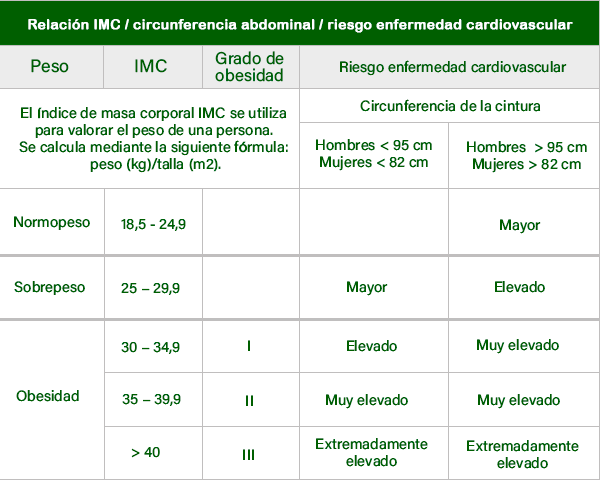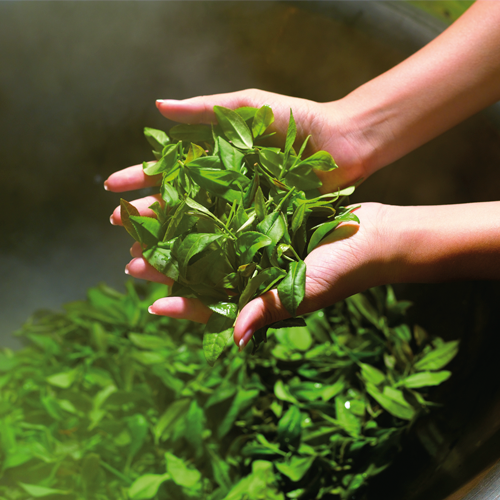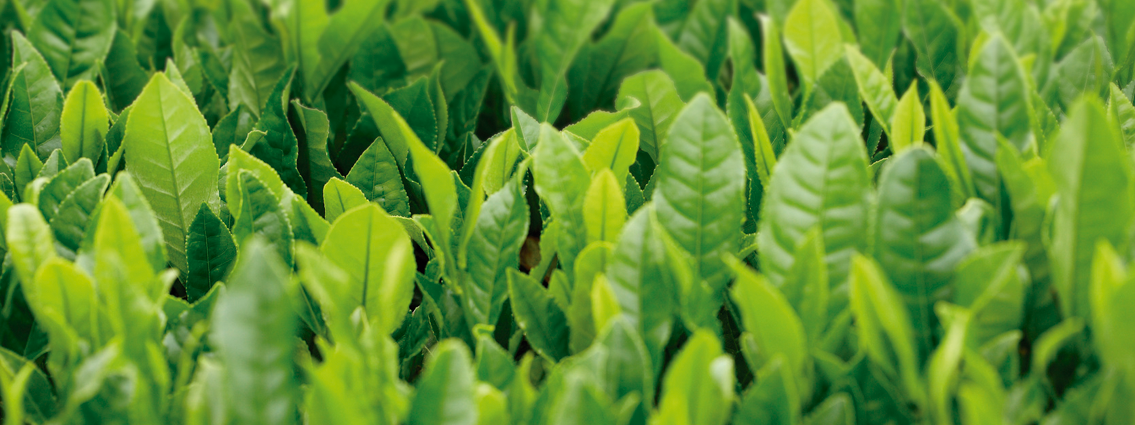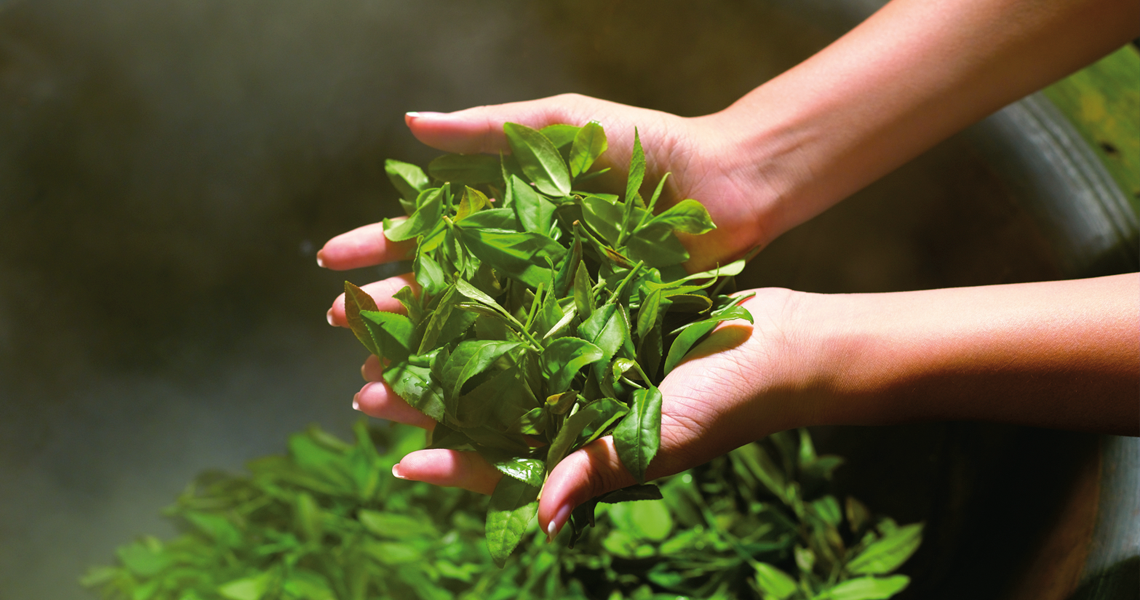The good weather is coming, we are getting light on our clothes… and everything is in a hurry to recover the lost line. So were looking for the miracle and… who hasnt heard of the properties of green tea (Camellia sinensis) extracts for weight control? But faced with these two considerations, we ask ourselves two questions: Are we aware of what it means to be overweight or obese? And do we really know the properties of Camellia sinensis and
its extracts?
Overweight/Obesity
Certainly, and even if we only remember our weight when we have to show off heart of heart, maintaining an adequate weight is something very necessary for maintaining a good state of health and cannot be trivialized in a mere aesthetic matter.
Obesity, already from the overweight phase, constitutes one of the main risk factors for the development of metabolic (such as type II diabetes) and cardiovascular diseases, in addition to worsening vascular processes in the lower extremities or degenerative processes in the joints (such as osteoarthritis). If we add overweight, hypertension, diabetes or high cholesterol or triglyceride levels, we are talking about metabolic syndrome with its serious repercussions in terms of the likelihood of suffering a fatal cardiovascular event. It should also be considered that in people with normal weight, an accumulation of fat in the waist (waist circumference equal to or greater than 82 cm in women and 95 cm in men) significantly increases the risk of cardiovascular disease. An increased waist circumference can increase the risk of a heart attack by 4
.

Although it is true that genetic factors can influence the development of obesity in certain cases, the main cause is poor eating habits combined with the sedentary lifestyle of todays life, in which most people spend long working hours sitting, take motorized transport to go everywhere and do little exercise.
Obviously, in the prevention of overweight and obesity, the two main pillars are diet and exercise. Miracles dont exist. And it is necessary to follow a good diet such as the Mediterranean diet (which is based mainly on the consumption of vegetables, legumes, fruits, fish, lean meats, grains, dairy products and eggs, with olive oil as a source of fat and a moderate consumption of wine) that leaves aside foods with saturated fats and sugars that are rapidly absorbed and only provide useless calories. Regular exercise is also necessary and aerobic exercise is one of the most suitable. 
Aerobic exercise uses fat as fuel or energy source, so it is excellent for reducing fat and also provides other benefits, since it helps lower cholesterol and blood sugar levels, improves lung capacity and oxygen, firms tissues and improves cardiovascular health. The easiest aerobic exercise is to walk slowly and this is an exercise available to almost everyone, so there
are no excuses.
In addition, in strategies to avoid overweight and obesity (mainly the accumulation of abdominal fat, which is an important risk factor for metabolic syndrome) and to lose weight, some plant extracts can be a good help. And thats where green tea comes in.
Functional activity of tea and its extracts
Originally from China, the tea plant (Camellia sinensis) is cultivated in more than 30 countries and is the most consumed beverage in the world after water. Green tea contains substances, from the polyphenol family, called catechins, of which the most abundant is epigallocatechin gallate (EGCG) whose properties we are going to talk about
.
Green tea and its extracts are attributed to various activities, including: antioxidant, chemopreventive, beneficial to the lipid profile (reducing the risk of atherosclerosis) and thermogenic (in the framework of weight control diets). The last two may favor the reduction of risk factors for metabolic syndrome
.
Camellia sinensis for weight and blood lipid control

Several studies carried out on both animals and humans support its use as an adjunct in treatments for overweight and obesity.
Initially, the action of green tea on weight control was attributed to the thermogenic action [1] of caffeine (caffeine), however, in vitro and in vivo studies demonstrated that phenolic compounds, especially EGCG, were able to act on the processes of lipolysis and thermogenesis, significantly favoring weight loss compared to placebo, when correct dietary habits and a minimum of regular exercise are established.
Human studies with a phytosomed green tea extract [2] (that is, combined with phospholipids to improve their absorption), decaffeinated and doubly standardized (to ensure effective catechin content), have demonstrated (compared to placebo) a significantly greater weight loss and a decrease in body mass index (BMI) in the groups that drank the tea extract than in those that did not. In addition, improvements were also obtained in the blood lipid profile and blood pressure
.
The conclusion of the authors of the studies in view of the results was that decaf, liposomated and doubly standardized green tea extracts may be beneficial, together with the establishment of healthy habits, in promoting weight loss (1, 2)
Antioxidant activity of Camellia sinensis catechins
At present, the antioxidant and free-radical scavenging activity of green tea catechins has been sufficiently proven, and has been proven through in vitro, in vivo and human studies (3,4). The chemopreventive capacity against different types of cancer and their possible mechanisms of action have also been studied, although for now it has only been confirmed that regular consumption of tea infusions slightly decreases the risk of colorectal cancer (3, 5), but studies are continuing. Its antioxidant activity has also been demonstrated in studies that have seen an improvement in the lipid profile, since it has been proven to reduce the oxidation of LDL cholesterol, which reduces the risk of atheromatous plaques and therefore the risk of the development of atherosclerosis
.
Conclusion: Preventing obesity and promoting weight loss in overweight and obese patients is not an aesthetic issue but a health issue. To achieve a healthy weight, it is essential to establish an adequate diet and a healthy lifestyle that includes exercise in daily activity. Natural ingredients such as green tea extract rich in EGCG can be a good adjuvant to reinforce the effect of
diet and exercise.
[1] Thermogenic is the substance that stimulates the conversion of fat into energy
[2] GREENSELECT ® PHYTOSOME
- Di Pierro F, Menghi AB, Barreca A, Lucarelli M, Calandrelli A. Greenselect Phytosome as an adjunct to a low-calorie diet for treatment of obesity: a clinical trial. Altern Med Rev. 2009 Jun; 14 (2) :154-60.
- Belcaro, G., Ledda, A., Hu, S., Cesarone, M., Feragalli, B. and Dugall, M. (2013). Greenselect Phytosome for Borderline Metabolic Syndrome. Evidence-Based Complementary and Alternative Medicine, 2013, pp.1-7
- Navarro MC, Ortega T (eds.). Medicinal plants for overweight people. Madrid: INFITO - Complutense Publishing House; 2009. Available at: http://www.fitoterapia.net/biblioteca/pdf/libro_sobrepeso.pdf
- Panza VS1, Wazlawik E, Ricardo SchĂĽtz G, Comin L, Hecht KC, da Silva EL. Consumption of green tea favorably affects oxidative stress markers in weight-trained men. Nutrition. 2008 May; 24 (5) :433-42. doi: 10.1016/j.nut.2008.01.009
- Sun CL, Yuan JM, Koh WP, Yu MC. Green tea, black tea and colorectal cancer risk: a meta-analysis of epidemiologic studies. Carcinogenesis. 2006 Jul; 27 (7) :1301-9 .
Professor Mª José Alonso Osorio

- Graduated in Pharmacy from the University of Barcelona.
- Graduated in Phytotherapy from the University of Montpellier.
- Specialist in Galenic and Industrial Pharmacy.
- Technical Director and responsible for product development in the Pharmaceutical Industry (1972 to 1985).
- Community pharmacist (from 1985 to 2004 as owner and co-owner, since 2010 as a part-time substitute).
- Professor and tutor in Master and Postgraduate Phytotherapy UB - IL3 (University of Barcelona)
- Collaborating professor in the Masters Degree in Nutrition and Health, UOC (Open University of Catalonia)
- Member of the Governing Board of the Spanish Phytotherapy Society.
- Member of the Scientific Committee of INFITO (Center for Research on Phytotherapy).
- Member of the AEEM (Spanish Association for the Study of Menopause)
- Corresponding academic of the Royal Academy of Pharmacy of Catalonia.
All rights reserved ©. The reproduction, partial or total, of the content in any form is prohibited without the prior written consent of Cien Por Cien Natural SL. If you want to share the information, reproduction is allowed by citing Cien Por Cien Natural SL or using the link on their website. Cien Por Cien Natural SL is not responsible for misuse of the content of the article
.





